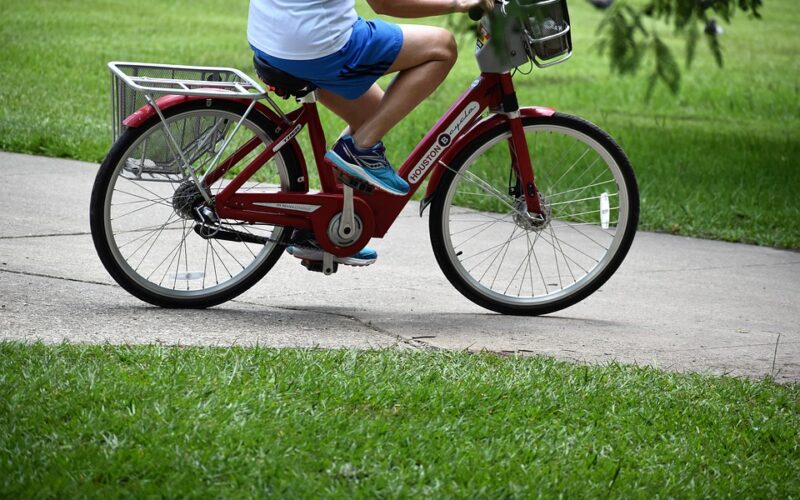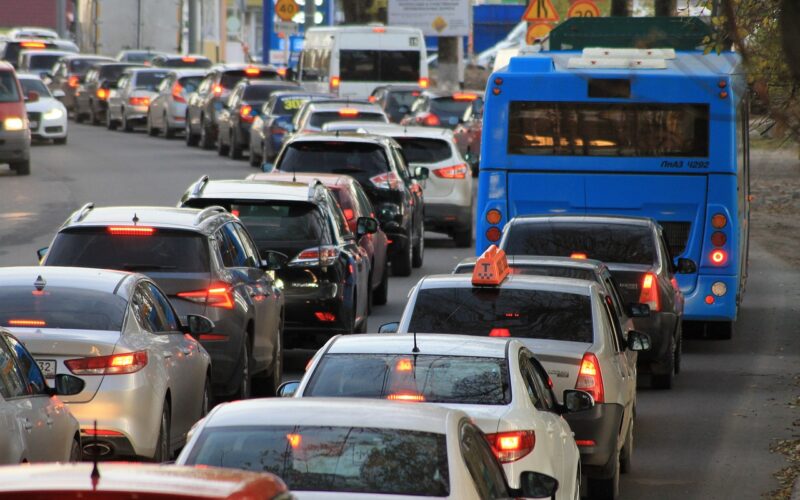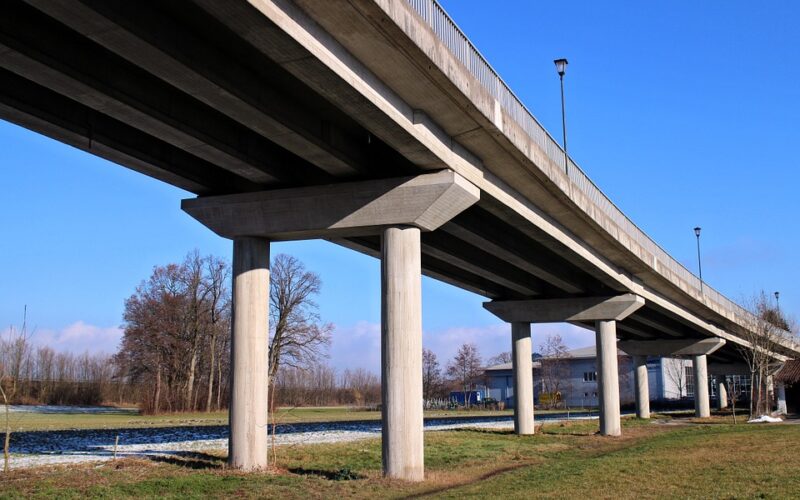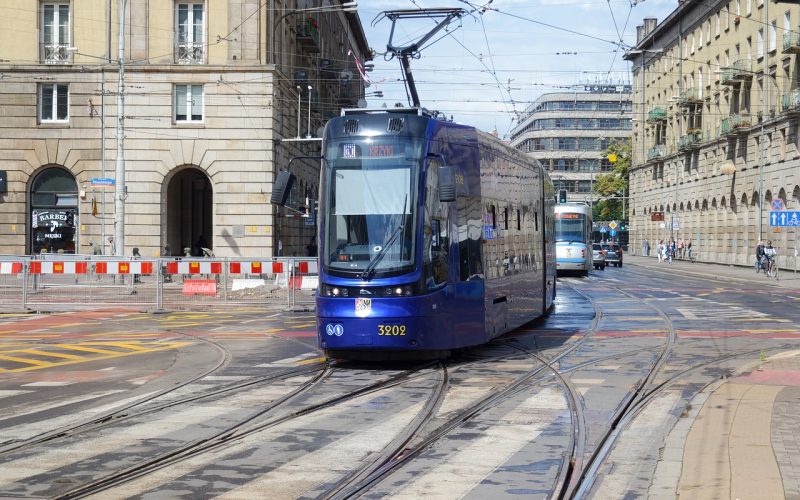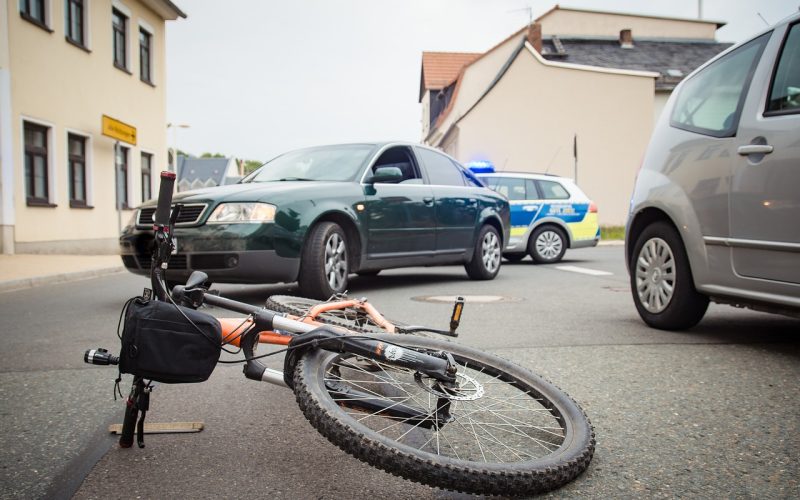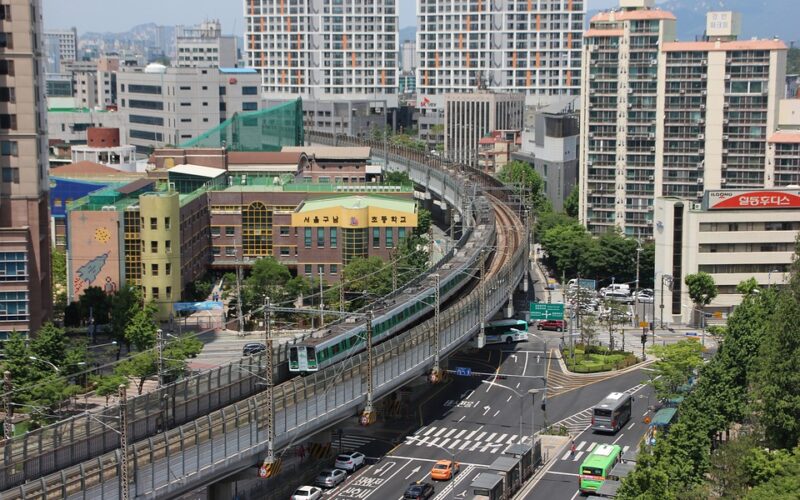Cycling has taken the urban world by storm with a number of cities transforming their streets to welcome the two-wheeled revolution. As the global consciousness shifts towards sustainability and healthier lifestyles, cities are redefining their infrastructure and culture to accommodate cyclists.
Amsterdam, the cycling capital of the world
Amsterdam is often hailed as the gold standard for cycling cities. With more bikes than people, the Dutch capital boasts an extensive network of cycling paths that span over 500 kilometres. Its flat terrain, compact urban form, and a comprehensive system of bike lanes, traffic signals, and parking facilities encourage residents and visitors alike to choose bikes over cars. In this city, cycling is an integral part of daily life, with everyone from students and professionals to parents with cargo bikes making their way through the city on two wheels.
Copenhagen's bicycling bliss
Not far behind Amsterdam in terms of cycling popularity is Copenhagen. This Danish city is renowned for its 'Cycle Super Highways' which enable swift and safe inter-city bike travel. Copenhagen has cultivated a rich cycling culture with initiatives such as the 'Green Wave', where traffic lights are coordinated for cyclists during rush hours. With more than a third of the population commuting by bike, Copenhagen’s commitment to cycling is a testament to urban policy and public investment working in harmony.
Utrecht's urban innovation
The Dutch city of Utrecht is quickly emerging as a trailblazer in urban cycling infrastructure. It proudly hosts one of the world's largest bicycle parking stations, which serves as a testament to its cycling credentials. Utrecht's forward-thinking approach includes continuous improvement of its already extensive bike lane network and prioritisation of cyclists in urban planning. Its ambition to promote cycling as a sustainable and healthy transport option is setting new benchmarks globally.
Portland's pedal power
Portland, in the United States, is one of North America's most bicycle-friendly cities. A haven for cycling enthusiasts, Portland features more than 480 kilometres of bike lanes, paths, and low-traffic streets designated as 'bike boulevards'. The city's ambitious plans always plump for cycling, and community events such as the 'Bike to Work Day' rally residents around the benefits of cycling. Through ongoing investments in cycling infrastructure, Portland continues to pedal its way to a greener, more active urban lifestyle.
Berlin's bike-friendly streets
Berlin offers an eclectic mix of history, culture, and cycling. Despite its size, Germany's capital is surprisingly navigable by bike, with dedicated lanes and traffic signals for cyclists, combined with a relatively flat landscape. Cycling tours are a common sight, weaving their way through landmarks and hidden spots alike. Furthermore, Berlin's commitment to cycling is evident in its efforts to expand bike lanes and introduce bicycle rental systems, making cycling convenient and accessible.
Barcelona's bici boom
Barcelona's biking boom can be attributed to its Mediterranean climate, bike-sharing programs, and urban design which integrates cycling into the city's fabric. Infrastructure developments like the extensive network of cycling lanes and the 'Bicing' bike-share program demonstrate the city's dedication to promoting cycling. While hilly areas may challenge the occasional cyclist, Barcelona remains a beacon of how urban cycling can flourish in a bustling metropolis.
Cycling in these cities is more than a mere transportation alternative; it’s an embodiment of urban sustainability, community, and mobility. The remarkable evolution of cycling-friendly realms indicates a global trend towards greener and healthier cities. Whether for commuting, exercise or pleasure, these bicycle-loving destinations provide a glimpse into how urban environments can prioritise people and the planet.


